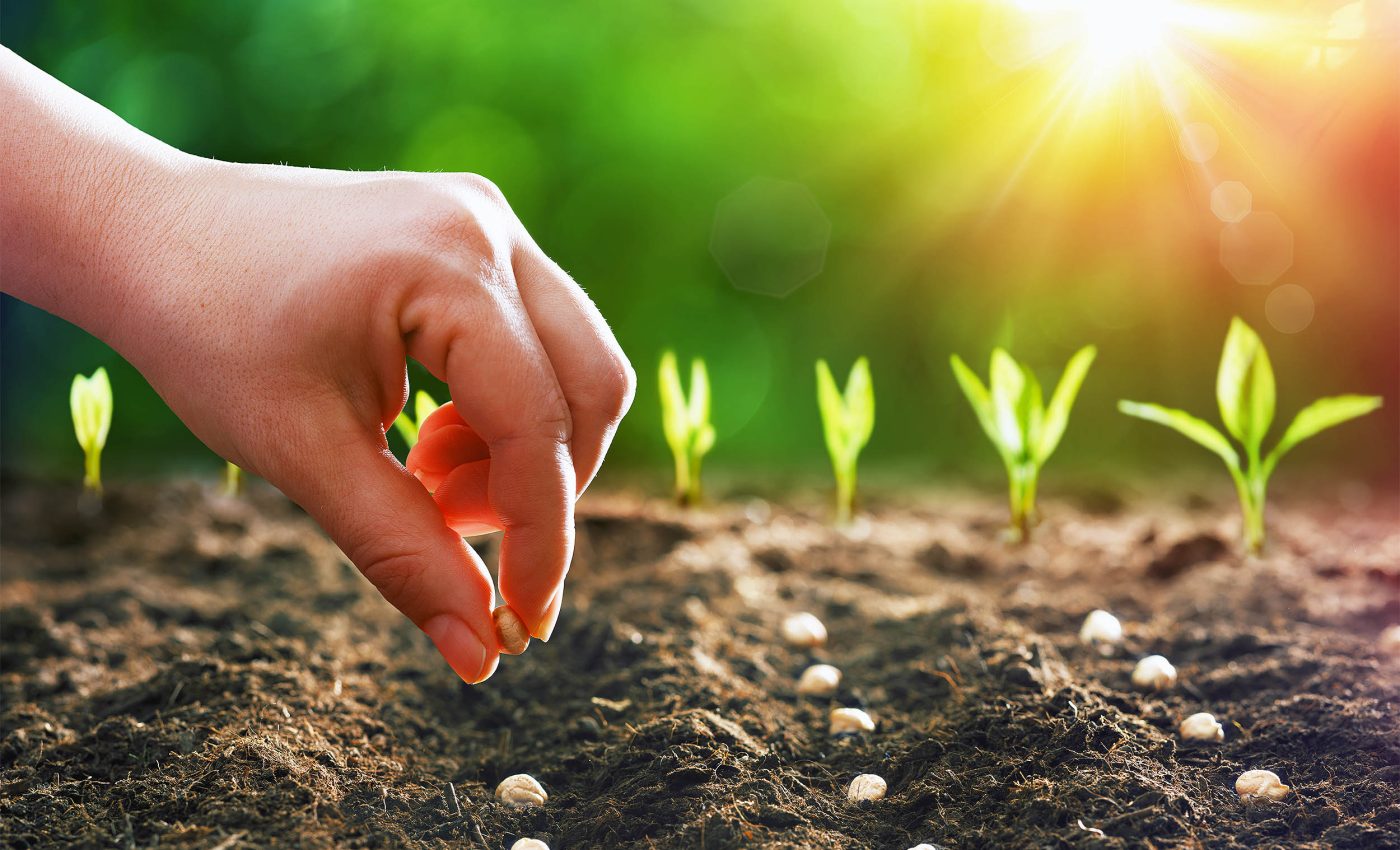
New plant tissue discovered that increases seed size by up to 16%
Seeds provide most of the calories humanity eats, yet the cells that decide how big each seed becomes have remained a mystery. Now, however, a new study from Nagoya University has revealed a hidden gateway inside those cells that can push seed size up by 16 percent.
The work, led by Ryushiro Kasahara and Michitaka Nodaguchi, maps the first new plant tissue described in 160 years. Kasahara is a plant biologist at Nagoya University’s Institute of Transformative Bio‑Molecules.
“Nobody was looking where I was looking,” said Kasahara, the scientist who first noticed a strange fluorescent ring on the wrong side of the ovule while tracking callose stains. Callose, a mesh of glucose chains, blocks the gateway whenever an ovule misses fertilization.
A stain that changed course
Kasahara’s observation came while he was simply verifying previous work on Arabidopsis thaliana. The unexpected ring turned out to be the entrance to the nutrient highway that runs from mother plant to seed.
The ring forms at the base of the hypocotyl, the seed’s embryonic stem, and it looks like a crouching rabbit under the microscope.
Its shape gave the researchers an easy visual cue to follow as they charted the structure’s life cycle from closed to open state.
Historic plant anatomists cataloged most tissues by 1860, yet this ring escaped notice because it lies opposite the pollen entry point.
That oversight highlights how much biology can still hide in plain sight when everyone points their lens in the same direction.
Because the ring fluoresces only when stained for callose, it took a dye meant for another purpose to bring the gateway to light.
Chance favored the trained eye that chose to look where textbooks said nothing interesting should be happening.
Plant seeds and the Kasahara gateway
The gateway sits at the chalazal end of the ovule, exactly where maternal phloem strands terminate. Genetic scans showed that a single gene, β-1, 3‑glucanase AtBG_ppap, spikes in activity right after successful fertilization and digests the callose plug.
Central-cell fertilization, which seeds the endosperm, is the real trigger. When only the egg cell fuses, the gate stays closed; when the central cell fuses, the callose melts within a day and sugar rushes in.
The enzyme works like molecular scissors, shaving away callose strands to create a doughnut‑shaped aperture less than one-thousandth of an inch across.
Once open, that aperture stays clear for the entire seed‑filling period unless new callose is laid down in response to stress.
Because the gateway is made of living cells rather than lignified walls, the plant can rebuild the plug if conditions warrant. Such reversibility suggests a broader role in resource triage during drought or pathogen attack.
Boosting plant seed growth
Opening the gate has immediate effects on sugar flow. Live‑cell imaging with fluorescent tracers showed sucrose streaking into fertilized ovules but stopping dead at the plug in unfertilized ones.
When researchers crossed overexpression lines with fertilization‑defective pollen, the seeds still grew larger than controls, proving that keeping the gate open can bypass normal fertility signals.
That result hints at a new route to bigger grains that does not tamper with hormone pathways or embryo genetics.
Previous yield‑boosting tricks often revolved around delaying flowering or altering hormone balances, strategies that can backfire under field stress.
By contrast, controlling a gateway that governs the final delivery of nutrients lets breeders stack gains on top of existing varieties without lengthening the growing season.
The strategy also behaves additively with other nutrient transport genes. Plants missing the amino acid transporter UmamiT produce seeds twelve percent smaller, underscoring how critical maternal supply lines are to final weight.
Why the discovery matters
By 2050 the world will need roughly 50 percent more plant‑based food to feed almost 10 billion people. Traditional breeding has already squeezed much of the easy gain out of photosynthesis and field management.
A single-gene edit that enlarges seeds by a tenth could reclaim tonnes of grain per acre without additional fertilizer or water.
Early greenhouse trials in rice suggest the boost holds across diverse backgrounds, though large‑scale field tests are still pending.
Commercial deployment would involve editing native PPAP genes rather than importing foreign DNA, a distinction that could ease regulatory hurdles in markets that accept CRISPR crops.
Seed companies are already screening elite wheat lines for gateway variants that naturally leak more nutrients.
Because the mechanism is conserved across angiosperms, it could be used in maize, sunflower, and many fruit crops without wholesale redesign of their genomes.
The approach also promises benefits in orphan crops such as teff, where modest increases in kernel size translate directly into less labor for threshing.
Callose, seeds and the big picture
The gateway also explains an evolutionary puzzle: flowering plants dominate today’s flora partly because they avoid wasting energy on unfertilized ovules.
By blocking nutrient flow until the central cell confirms fertilization, the gateway lets the plant invest only in seeds that can finish the job.
Researchers now want to follow the signal upstream to learn how the endosperm tells the gateway to open. They also hope to explore whether similar callose plugs direct nutrient traffic in other plant organs, as callose is known to regulate plasmodesmata permeability throughout the plant body.
Future projects aim to map the three‑dimensional structure of AtBG_ppap to design small molecules that might modulate its activity in the field.
Others plan to combine always‑open gateways with carbon‑fixing traits to see whether the plant can keep pace with the heightened demand.
The discovery also invites work on reversible gating to guard against pathogens that hijack sugar streams. If researchers can toggle the plug in response to infection, crops might starve out invading microbes without chemical sprays.
The study is published in Current Biology.
—–
Like what you read? Subscribe to our newsletter for engaging articles, exclusive content, and the latest updates.
Check us out on EarthSnap, a free app brought to you by Eric Ralls and Earth.com.
—–













